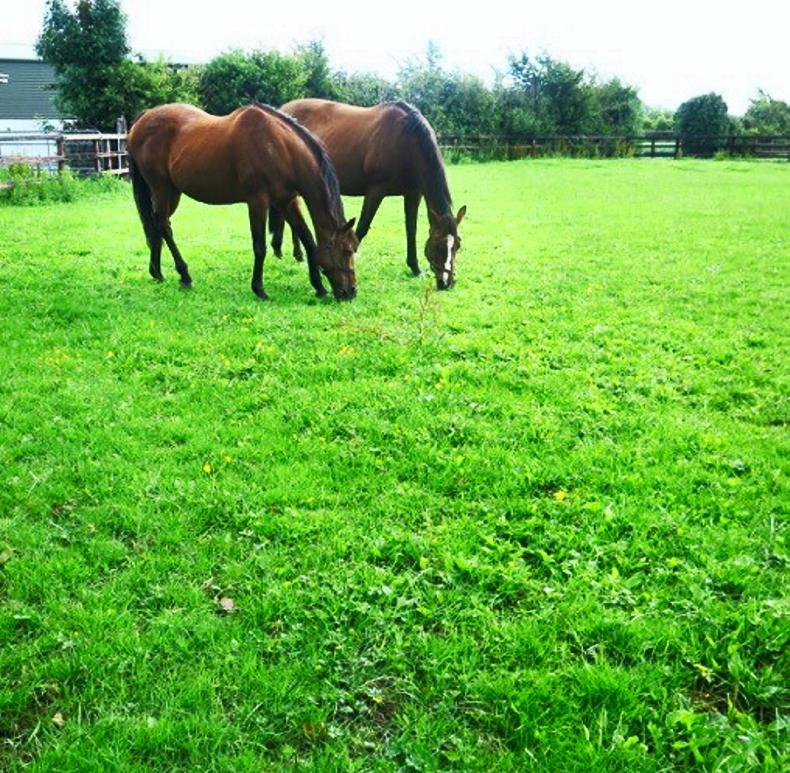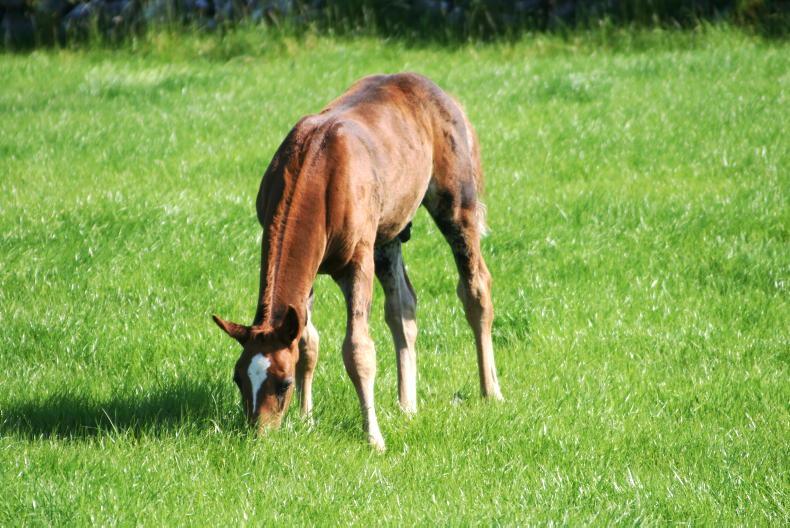IT’S not just obese ponies that can be at high risk of laminitis, a newly published study has confirmed. Obesity, despite its significant health hazards, may not be a reliable indicator of poor metabolic health and associated laminitis risk, because lean animals have been shown to be at high risk too.
This work supports earlier research including predictors of laminitis development in a cohort of non-laminitic ponies. This earlier study, which won the Peter Rossdale Equine Veterinary Journal (EVJ) Open Award at BEVA Congress this year, showed that severe insulin dysregulation can also be found in lean ponies. Collectively, the work confirms that lean ponies can also be at higher risk of metabolic disease and associated laminitis.
Adiponectin, a hormone coming from fat deposits, which can be measured in the blood, is thought to improve sensitivity to insulin. Previous work has shown that low blood concentrations of adiponectin reflect an increased risk of laminitis.
Decreased concentrations of the hormone have been found in association with obesity, but this new work has shown that decreased levels of adiponectin can also be found quite commonly in lean, native-breed ponies.
Total adiponectin [TA] was compared between 734 ponies of different body condition score (BCS) classification (ideal-weight, overweight, and obese), breed, and body shape, with and without a history of laminitis. Age, breed, sex, weight, height, and weight to height ratios were recorded. BCS was assessed on a scale of 1 to 9 and was determined by a single assessor. Blood samples were collected from non-grain fed but not forage fasted animals to determine basal insulin and total adiponectin.
The results showed that total adiponectin was weakly positively correlated with BCS, height, weight, and weight to height ratio. There were significant differences in adiponectin concentrations in ponies with different BCS group classification, body shape and breed. More of the obese (54.6%) than ideal-weight ponies had normal total adiponectin concentrations and a greater percentage of ideal-weight (38.6%) than obese ponies showed low adiponectin concentrations.
“This study together with our previous work has provided us with the important take-home message that you cannot presume that just because your horse or pony is lean or of ideal body weight it is automatically at reduced risk,” said Sarah Nelson, product manager at Mars Horsecare, home of the Spillers brand who supported the research. “They may still have insulin dysregulation and/or low adiponectin concentrations and so be at an increased risk of laminitis.
“If you are concerned it is important to speak to your vet and have your horse or pony tested. It’s also advisable to contact your nutrition advisor to ensure you provide the best diet to manage your individual.”
Another valuable initial observation from the study was the significant difference in total adiponectin concentrations between ponies of different body shapes. The middle-heavy body shape was associated with higher total adiponectin concentrations than both other shapes, suggesting this fat accumulation pattern may be less detrimental in ponies.
This is similar to research in humans that has shown increased thigh fat or a ‘pear’ shape may be protective against insulin resistance compared to increased visceral fat or ‘apple’ shape. However, more work is needed to investigate these initial findings.


 This is a subscriber-only article
This is a subscriber-only article
 It looks like you're browsing in private mode
It looks like you're browsing in private mode










SHARING OPTIONS: